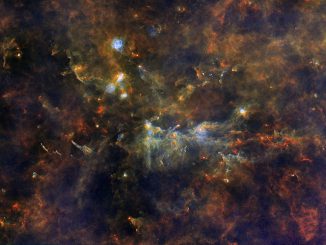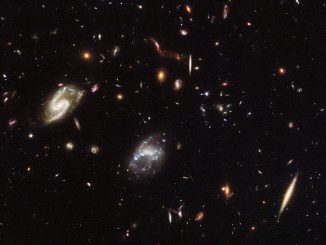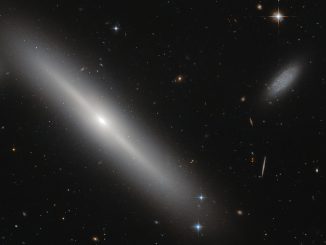
New Horizons’ best close-up of Pluto’s surface
A mosaic strip just released by the New Horizons team now includes all of the highest-resolution images taken by the NASA probe. The mosaic affords scientists and the public the best opportunity to examine the fine details of the various types of terrain on Pluto, and determine the processes that formed and shaped them.









